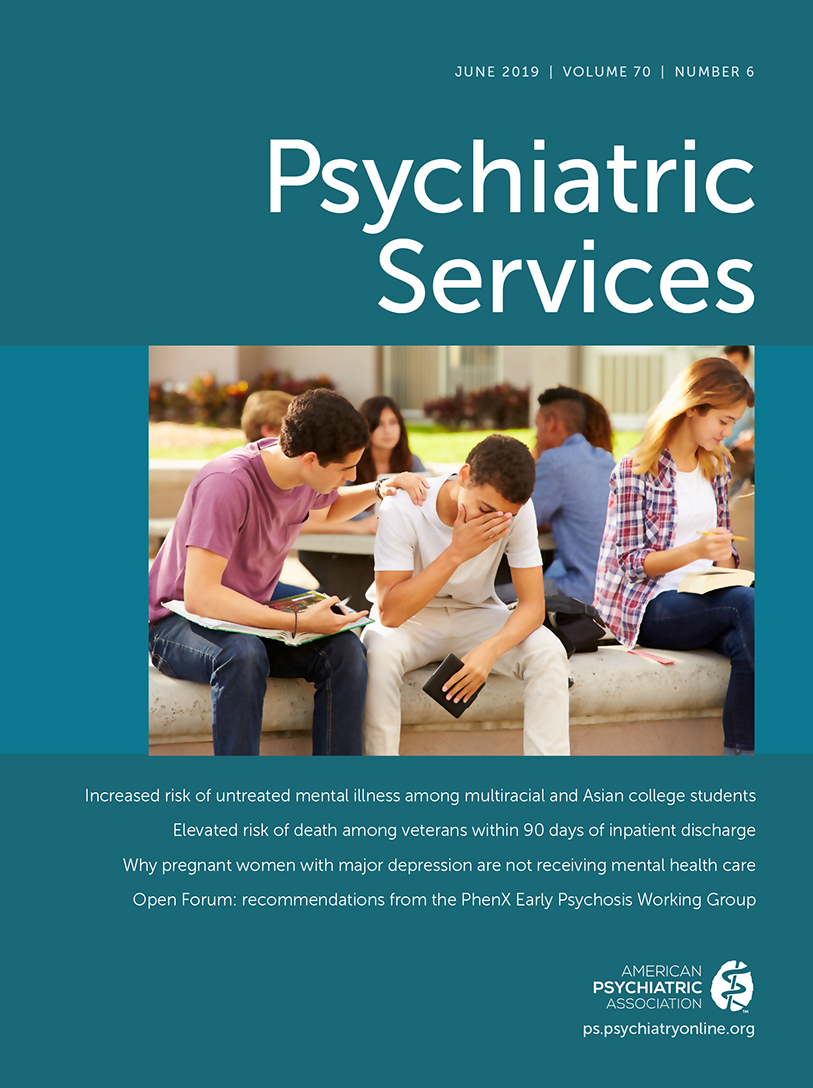Embedding Recovery to Transform Inpatient Mental Health Care: The 333 Model
Abstract
Objective:
The 333 model is a radical redesign of acute mental health care. Time-limited inpatient pathways for assessment (≤3 days), treatment (≤3 weeks), and recovery (≤3 months) replaced traditional geographical-sector wards. By making beds available, 333 aspired to improve access, deliver early treatment, and shorten hospital stays—generating savings through reductions in beds and out-of-area placements (OAPs). This article compares the model’s performance against national benchmarking and internal targets.
Methods:
The complement of general adult beds (2011–2016) was mapped out. Patient flow data (April 2015–March 2017) were extracted from the National Health Service data warehouse and compared with 2016 NHS benchmarking and 333 targets.
Results:
Between 2012 and 2016, beds were reduced by 44% compared with 17% nationally. OAPs due to bed unavailability became extremely rare. More than 74% (N=2,679) of patients who were admitted to the assessment unit between 2015 and 2017 were discharged back to the community, minimizing fragmentation of care. Median length of stay was one-sixth as long as the national rate, but readmission rates were higher than the national mean because of the model’s innovative approach to managing treatment of patients with personality disorders. Bed occupancy was below the national average, with beds available every night for 2 years.
Conclusions:
With its recovery-focused approach, 333 has reduced length of stay and ensured that a stay on any ward is meaningful and adds value. The article demonstrates that bed and OAP reduction and the delivery of safe care can be achieved simultaneously.



